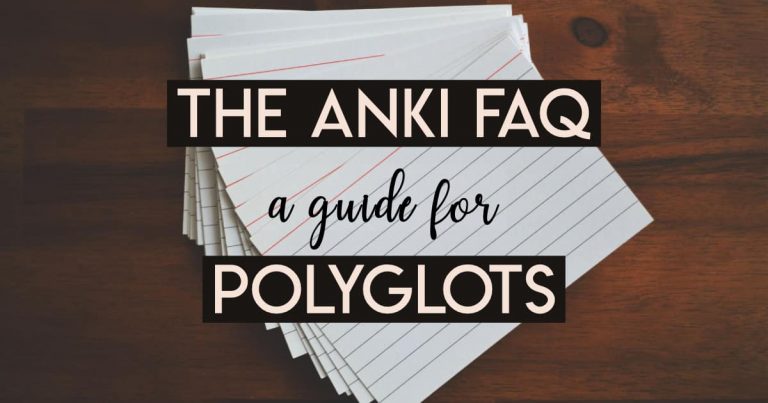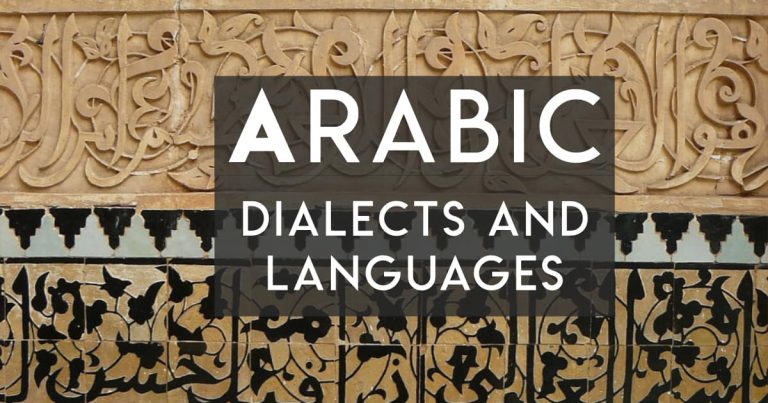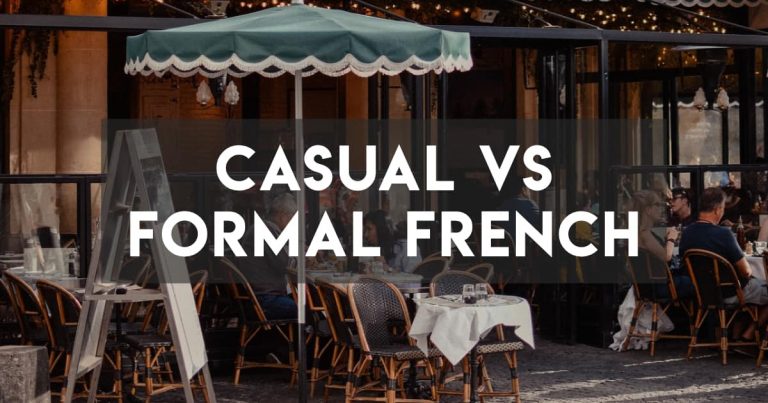7 Gracious Ways to Say You’re Welcome in Italian
Among the first words you’ll learn in any country are to say “thank you” and “you’re welcome”. So it’s crucial to understand how to say “you’re welcome” in Italian if you’re visiting the country, or just want to be polite to Italian language speakers!
When someone does something for you, it is polite to say “you’re welcome” to express your gratitude.
First up, there’s the word prego, which can be used in a number of different ways in Italian. But that’s not the only word or phrase you can use!
In this post, we’ll go over several of the most commonly used Italian expressions for “you’re welcome”, along with examples of how to use them in natural conversation.
You’re Welcome in Italian at a Glance
Spanish | English |
You're welcome | |
It's nothing | |
Not at all | |
And what for? | |
Don't worry about it! | |
Thank YOU! |
All the Ways to Say You’re Welcome in Italian

Prego – The Classic Way to Say You’re Welcome in Italian
You have just given your friend a lift or you opened the door for the person in front of you. They will doubtless thank you with a grazie! In this instance, your everyday, handy reply is the simple prego, the easiest way to say you’re welcome in Italian.
The beauty of prego is that it can be used in both formal and informal scenarios. Prego comes from the word pregare, to pray. Every time we say prego we are articulating something along the lines: “I pray that you not thank me for this”.
Or, if we imagine every grazie as a way to bestow heavenly “grace” upon us, as is the origin of the word, then our prego may mean, more or less, “I pray it is so!”
Other Meanings of Prego
At a high level, prego has many other meanings other than you’re welcome. Similar to bitte in German and befarmaeed in Persian, it is the ultimate polite word. Here are the other meanings of prego.
- Come in
- After you
- Please
- How can I help you
- I beg your pardon
Di niente – It’s nothing
Just as informal, as prego, di niente is another common way of saying you’re welcome in Italian.
Learners of French and Spanish may find this structure very familiar – (de rien in French, de nada in Spanish). Di niente quite literally, means “of nothing” as in, you have nothing to thank me for.
This expression is similar to the way in English we might reply with “It’s nothing!”
Italian
A: Grazie per il passaggio!
B: Oh, di niente!
English
A: Thank you for the lift!
B: Oh, it’s nothing!
Non c’è di che – Not at all!
Similar in meaning to di niente, non c’è di che will sound somehow more elaborate, what with its implied relative clause: “There is nothing for which (to thank me)”. It can be used as an equivalent to the polite English “not at all”.
Italian
A: La ringrazio di essere venuto.
B: Non c’è di che!
English
A: Thank you for coming.
B: Not at all!
If you’re a Spanish speaker, you might recognise this as being similar to No hay de que, a similar Spanish language expression used in some regions.
E di che? – And what for?
Shorter, handier, and more informal than non c’è di che, is the rhetorical question e di che? , literally, “And what for?”
With this, we are expressing even more explicitly that what we are being thanked for was really not a big deal.
Remember: it’s not actually a question, so intonation can be pretty neutral.
Italian
A: Hey, grazie dell’aiuto per l’esame!
B: E di che?
English
A: Hey, thanks for all your help with that test!
B: That’s ok
Figurati/Si figuri! – Don’t worry about it!
As a reply to “grazie”, we can also say Figurati! and Si figuri! these two forms, convey the same meaning: “Oh, don’t mention it!”. Figurati is the informal form and Si figuri is the formal form.
Figurati is the imperative/command form of the reflexive verb figurare a sé, which means “to imagine something for yourself”. So as a command, figurati means something like “imagine (how not a problem that was to me!)”.
If you don’t want to get too in the weeds with the grammatical rules, you just need to remember that figurati simply means “Don’t worry about it” or “Don’t mention it”. Figurati is used with friends and family we know well, whereas si figuri is used in formal settings, particularly with strangers, elderly people, or our boss for example.
Italian
A: La ringrazio del feedback, professore.
B: Si figuri!
English
A: Thank you for your feedback, professor.
B: Don’t mention it!
Grazie a te! – Thank YOU
Finally, we can always thank the thanker, in a classic exchange of pleasantries. In this case, we’ll just add the preposition a, “to” as in Grazie a te! , or “thanks go to you”.
In a more formal setting, one where we are using lei for the person we are talking to, you’ll say grazie a lei, instead of te.
Italian
A: Che bella festa. Grazie!
B: No, grazie a te!
English
A: What a great party: thank you!
B: No, thank YOU!






